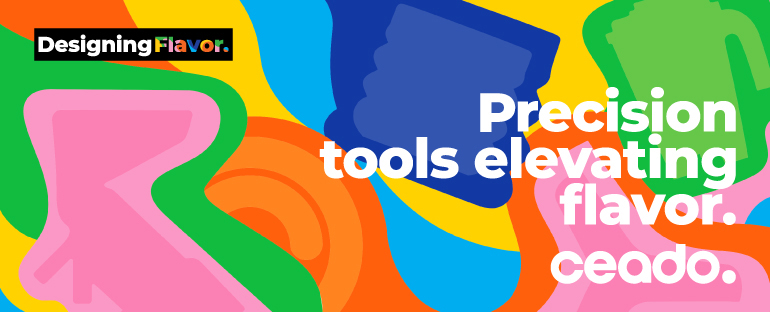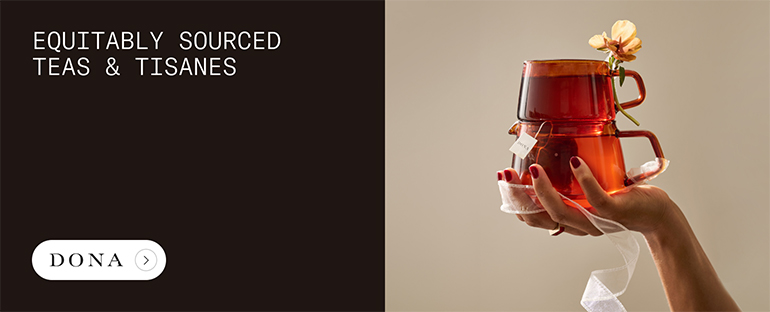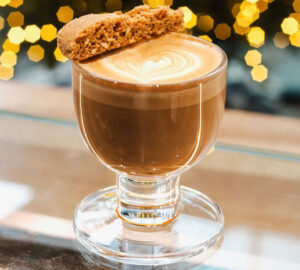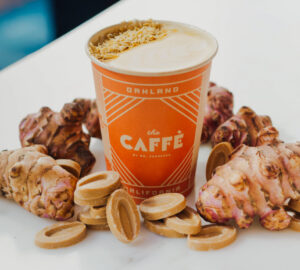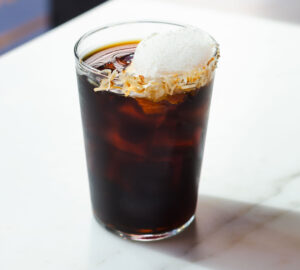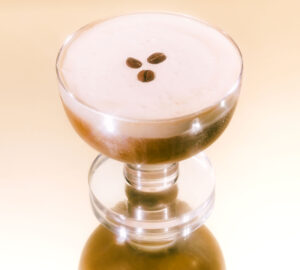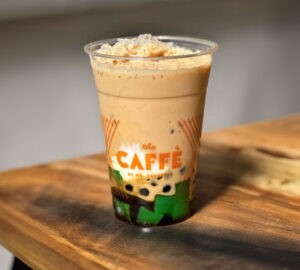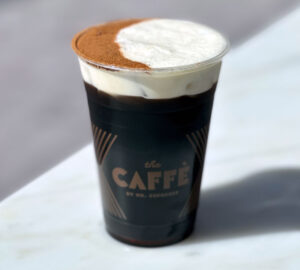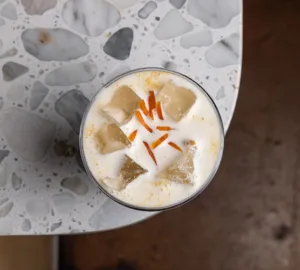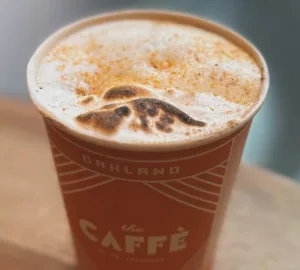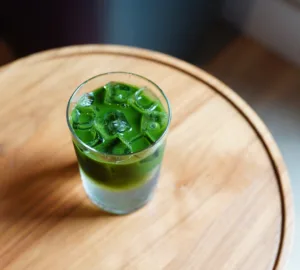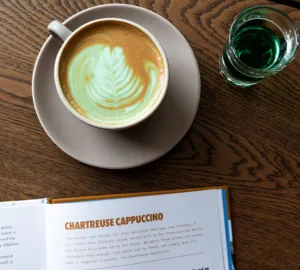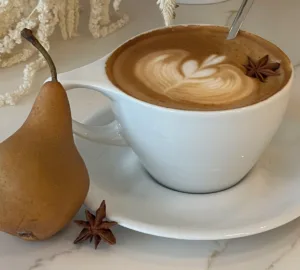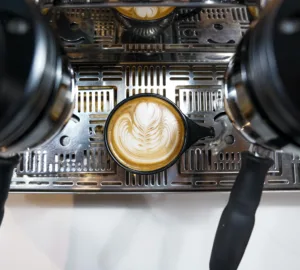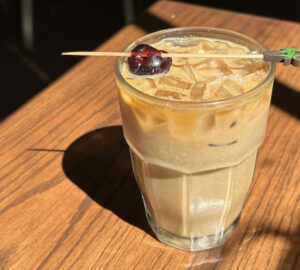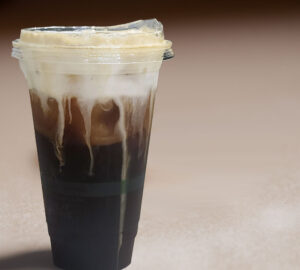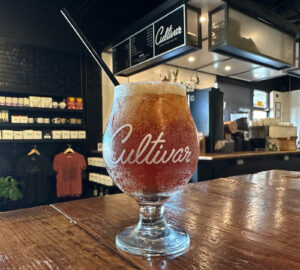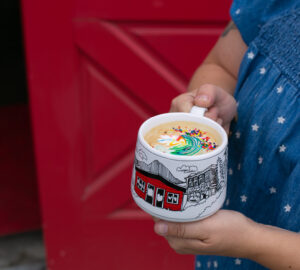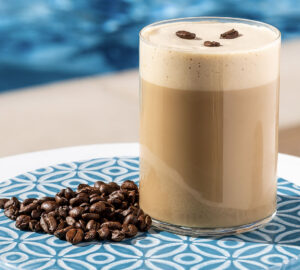Competition season is upon us, as evident from our recent hella nerdy in-depth USBC rules change investigation. Your liver is no doubt twitching in anticipation of the guaranteed debauchery at NERBC in Atlantic City.
Which means it’s time to bust out your molecular gastronomy kit, find the obscurest beverage component you can source, and read up on some Deleuze. You need to ready yourself to emulsify up some espresso and Malaysian dragon fruit infusions, while giving a long speech on the deconstruction and phenomenology of coffee’s aesthetic milieu.
Or, maybe, I dunno, do something really crazy like making a simple, elegant, and damn tasty sig drink with a sensible story relating to your coffee.
To help you come up with your killer drink, we’ve gone and looked back into the hazy, distant past of previous WBCs, and the not so distant, but only slightly less hazy past of our 2012 USBC archive (Portland makes great beer y’all) to give you a rundown of some of the winning drinks of yesteryear. Put on your reading glasses; the library is open.
Let’s start back in 2004 when Bronwen Serna won the USBC with a drink called “Sweetness”, her take on a macchiato. Simple ingredients: honey, chocolate, espresso, and deliciously heavy milk/cream. Showing why she’s one of our perennial favorites for the “most down to earth coffee star”, Bronweezy kept the drink simple and focused on finding the perfect honey and chocolate for the coffee.
The following year, Troels Overdal Poulsen won the 2005 WBC with “E.S.B”or Enhanced Sensory Balance. “First the judges were presented with a mild pepper gel, melted [via blowtorch!] at the table. Then they were served a Daterra espresso topped with sugar syrup. And finally, the judges had to drink a Lavender syrup”. This three-component drink experience kicked off the deconstructed flavor experience trend that is still going strong today. Regrettably, the table-side blowtorch trend has not enjoyed a similar continued popularity.
Fast forward just a few years, 2011 WBC Champ Alejandro Mendez took gold by reaching the pinnacle of both the “focus on the processing of coffee” trend and the “connect to products at origin” trend by, well, putting most of a coffee tree at his coffee’s origin into his drink. For bonus points he also went the deconstruction route, making a coffee mucilage infusion, a coffee flower tea and a cascara tea, each of which he asked the judges to try singly before combining them with his espresso.
If you want to get a better sense of some of the current trends in not just sig drinks but the competition in general, I highly suggest going back through Sprudge’s coverage of the 2012 USBC and the 2012 Regionals Season. To save you some time, I’ve pulled the descriptions of signature drinks from the interviews with champ Katie Carguilo and each regional winner:
Katie Carguilo of Counter Culture Coffee won with a drink that used jasmine green tea, lemon juice, a nectarine, soda water, and white vinegar to highlight the flavors coming from fermentation in coffee processing. Clearly, it was delicious.
Jared Truby of Verve Coffee Roasters went the molecular gastronomy route with an espresso foam, cherry/apple/pear juice sphere, and a bit of cascara & molasses tea.
Travis Beckett of Peregrine Espresso made a “sparkling iced coffee with a float of espresso and berry/malt reduction.” I was actually judging for Mr. Beckett’s drink, and it was definitely one of the most refreshing and genuinely quaff-able signature drinks I’ve ever tried.
Chris Baca of Verve Coffee Roasters had a bad-ass all turquoise everything color scheme for his competition, the freshness of which was nicely complemented by a sparkling sig drink made with espresso, caracara orange slices, and a cascara/orange pith infusion.
Devin Chapman of Coava Coffee Roasters capitalized on his Brewer’s Cup success with a multi-extraction, multi-part beverage with carefully calibrated V60, Espresso + Brown Sugar / Smoked Salt Water, and Kone components.
And last, Charles Babinski (competing for Intelligentsia Coffee and Tea) proved he knows the importance of contrasting high and low in art with his innovative split presentation, perfectly represented by his pair of sig drinks:
- 1. for the discerning (-ly snobby?) palate, a combination of a long extraction espresso and Citra hops infusion
- 2. for the more pleasure oriented among us, a combination of espresso, shaved chocolate, and melted vanilla ice-cream.
Signature drinks vary wildly and are susceptible to trends, but the winners tend to stand out by either confidently ignoring the fads, or offering a consummate sig drink example that inspires other competitors for years to come. So call up your chef and bartender friends, hit up the specialty food markets, and get down to work on your signature drink!













